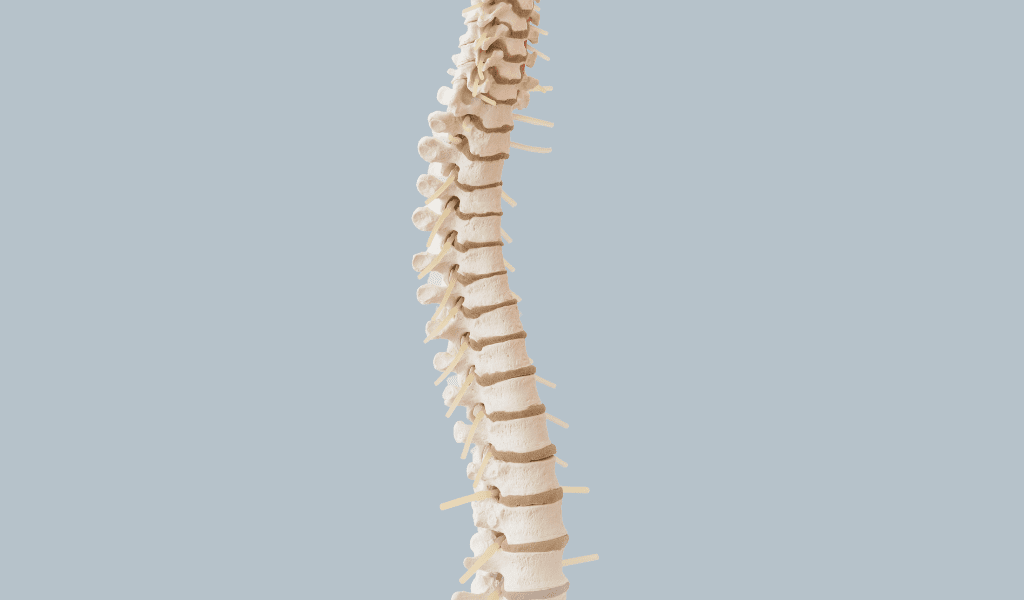Anatomy of the Body, Posture
Unravelling Lordotic Postures: Implications and Interventions in Pilates

Understanding and addressing varied postural types is an important part of being a Pilates instructor. Lordotic posture, in particular, brings forth its own set of challenges and considerations when curating a Pilates program. Here, we delve into the nuances of lordosis, its implications for Pilates, and how careful exercise selection can pave the way for improved posture.
WHAT IS LORDOSIS?

Lordosis refers to the inward curvature of the lumbar and cervical spine. While a natural and necessary curvature is healthy, an excessive lordosis can lead to discomfort and long-term issues.
In individuals with lordosis, certain muscle imbalances are commonly observed, including –
- Tight Muscles: Hip flexors and lumbar extensors tend to be tight, pulling the pelvis into an anterior tilt.
- Weak Muscles: Abdominals and glutes often lack strength, failing to provide adequate support and stability to the spine.
IMPLICATIONS FOR PILATES
Research demonstrates the efficacy of Pilates in addressing postural discrepancies (Okhil et al., 2019). A study by Ahmadi et al. (2021) observed improved spine curvature among people with Hyperlordosis who engaged in Pilates.
A lordotic client may find it difficult not to arch their lower back whilst performing specific exercises, such as –
- Supine Abdominal Series (especially when the legs extend low eg. Bicycle Legs)
- Prone Lying Series (eg. Freestyle and Breaststroke)
To prevent the back from arching, be sure to use your cues to get the client to really focus on their Oblique activation, rib to hip connection, and maintaining an imprinted spine.
For Pilates instructors seeking an in-depth understanding of different postures and tailored exercise programming, the Studio Pilates Matwork Course provides an excellent foundation. Within this course, you’ll explore various postural types, including lordosis, ensuring you’re equipped to design safe and effective Pilates programmes for your clients.
As an instructor, understanding Lordosis can help you effectively create tailored programs, give helpful modifications, and assist your clients. By fostering awareness and incorporating exercises that target the specific muscular imbalances associated with lordosis, we pave the way for enhanced postural alignment and overall physical well-being.
REFERENCES
Ahmadi, F., Safari Variani, A., Saadatian, A., & Varmazyar, S. (2021). The impact of 10 weeks of Pilates exercises on the thoracic and lumbar curvatures of female college students. Sport Sciences for Health, 17(4), 989–997. https://doi.org/10.1007/s11332-021-00765-4
Okhli, H., Hojjati, H., & Akhoundzadeh, G. (2019). Comparing the Effect of the Corrective Exercises of America’s National Academy of Sports Medicine and Pilates on the Correction of Lordosis among Female High School Students in Golestan Province in 2018. International Journal of School Health (Online), 6(4), 1–6. https://doi.org/10.30476/intjsh.2019.45883